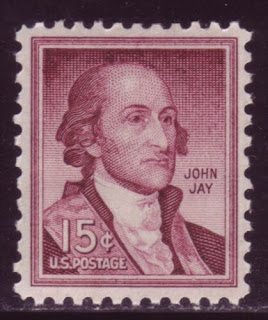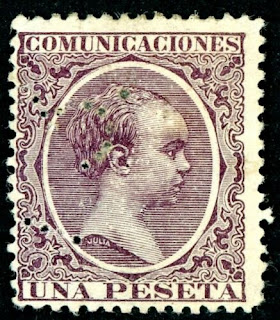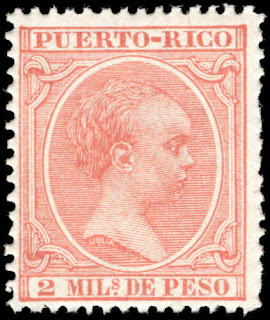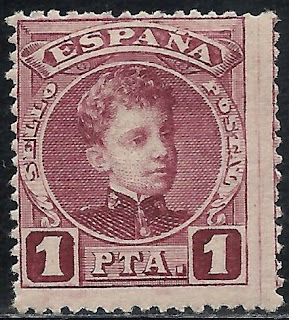Here are some events that happened on May 17th. It could be an event or a person that died or was born on that day
1829 Died: John Jay, American politician and diplomat, 1st Chief Justice of the United States (b. 1745)
John Jay (December 12, 1745 – May 17, 1829) was an American statesman, patriot, diplomat, Founding Father, abolitionist, negotiator, and signatory of the Treaty of Paris of 1783. He served as the second Governor of New York and the first Chief Justice of the United States (1789–1795). He directed U.S. foreign policy for much of the 1780s and was an important leader of the Federalist Party after the ratification of the United States Constitution in 1788.
Jay was born into a wealthy family of merchants and New York City government officials of French Huguenot and Dutch descent. He became a lawyer and joined the New York Committee of Correspondence, organizing American opposition to British policies such as the Intolerable Acts in the leadup to the American Revolution. Jay was elected to the Second Continental Congress, and served as President of the Congress. From 1779 to 1782, Jay served as the ambassador to Spain; he persuaded Spain to provide financial aid to the fledgling United States. He also served as a negotiator of the Treaty of Paris, in which Britain recognized American independence. Following the end of the war, Jay served as Secretary of Foreign Affairs, directing United States foreign policy under the Articles of Confederation government. He also served as the first Secretary of State on an interim basis.
A proponent of strong, centralized government, Jay worked to ratify the United States Constitution in New York in 1788. He was a co-author of The Federalist Papers along with Alexander Hamilton and James Madison, and wrote five of the eighty-five essays. After the establishment of the new federal government, Jay was appointed by President George Washington the first Chief Justice of the United States, serving from 1789 to 1795. The Jay Court experienced a light workload, deciding just four cases over six years. In 1794, while serving as Chief Justice, Jay negotiated the highly controversial Jay Treaty with Britain. Jay received a handful of electoral votes in three of the first four presidential elections, but never undertook a serious bid for the presidency.
Jay served as the Governor of New York from 1795 to 1801. Although he successfully passed gradual emancipation legislation as governor of the state, he himself owned five enslaved people as late as 1800. In the waning days of President John Adams's administration, Jay was confirmed by the Senate for another term as Chief Justice, but he declined the position and retired to his farm in Westchester County, New York.
US stamp depicting John Jay
1886 Born: Alfonso XIII of Spain, Spanish monarch (d. 1941)
Alfonso XIII (17 May 1886 – 28 February 1941), also known as El Africano or the African, was King of Spain from 1886 until the proclamation of the Second Republic in 1931. He was a monarch from birth as his father, Alfonso XII, had died the previous year. Alfonso's mother, Maria Christina of Austria, served as regent until he assumed full powers on his sixteenth birthday in 1902.
During Alfonso's reign of the Kingdom of Spain, the country experienced four major problems that contributed to the end of the liberal monarchy: the lack of real political representation of broad social groups; the poor situation of the popular classes, especially peasants; problems arising from the Rif War; and Catalan nationalism. The political and social turbulence that began with the Spanish–American War prevented the turnaround parties from establishing a true liberal democracy, which led to the establishment of the dictatorship of Miguel Primo de Rivera. With the political failure of the dictatorship, Alfonso impelled a return to the democratic normality with the intention of regenerating the regime. Nevertheless, it was abandoned by all political classes, as they felt betrayed by the king's support of the dictatorship of Primo de Rivera.
He left Spain voluntarily after the municipal elections of April 1931, which were taken as a plebiscite on abolishing the monarchy.
Spanish and Puerto Rico stamps depicting Alfonso XIII
1900 – The children's novel The Wonderful Wizard of Oz, by L. Frank Baum, is first published in the United States. The first copy is given to the author's sister.
The Wonderful Wizard of Oz is an American children's novel written by author L. Frank Baum and illustrated by W.W. Denslow, originally published by the George M. Hill Company in May 1900. It has since seen several reprints, most often under the title The Wizard of Oz, which is the title of the popular 1902 Broadway musical adaptation as well as the iconic 1939 live-action film.
The story chronicles the adventures of a young farm girl named Dorothy Gale in the magical Land of Oz after she and her pet dog Toto are swept away from their home in Kansas by a cyclone. The book is one of the best-known stories in American literature and has been widely translated. The Library of Congress has declared it "America's greatest and best-loved homegrown fairytale." Its groundbreaking success, and that of the Broadway musical adapted from the novel led Baum to write thirteen additional Oz books that serve as official sequels to the first story.
In January 1901, George M. Hill Company completed printing the first edition, a total of 10,000 copies, which quickly sold out. It had sold three million copies by the time it entered the public domain in 1956.
US stamp commemorating the Wizard of Oz movie






No comments:
Post a Comment